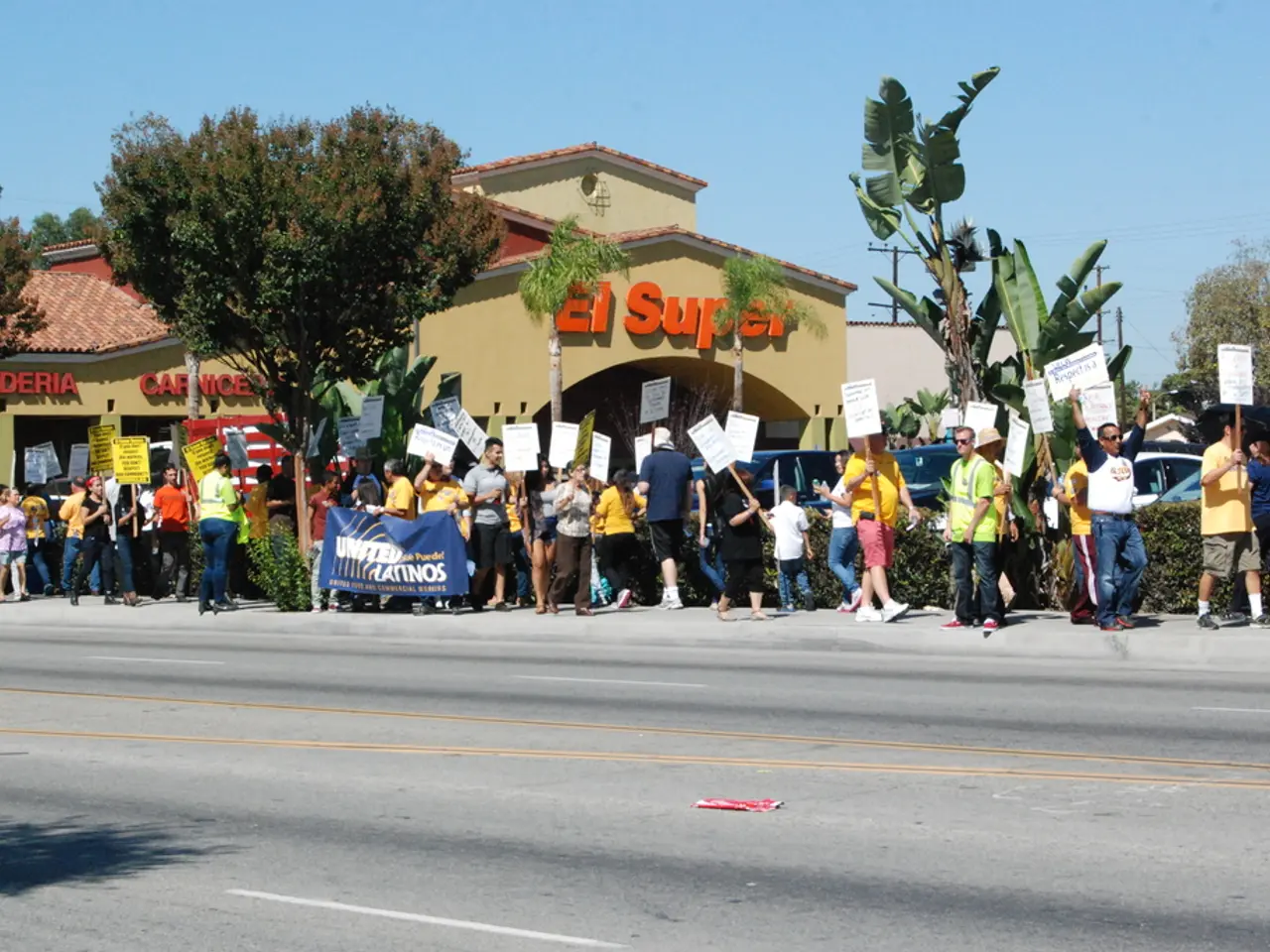Examining Political Campaign Statistics through Power BI Analysis
Power BI, a business analytics tool from Microsoft, is increasingly being used by political campaigns to visualize and analyze data for informed strategic decisions. This powerful tool allows campaign teams to create interactive dashboards that track real-time metrics, identify trends, and evaluate the effectiveness of outreach efforts.
Voter Turnout Analysis
By integrating voter registration data, historical turnout records, and demographic information, Power BI can map turnout patterns by geography, age, or other segments. This enables campaigns to visualize which precincts or voter groups are lagging and adjust mobilization efforts accordingly.
Fundraising Totals
Campaign finance data can be imported into Power BI to monitor fundraising progress dynamically. Visualizations can break down donations by source, amount, region, and time period, helping campaigns identify successful fundraising channels or periods requiring additional focus.
Live Feedback and Optimization
Combined with mobile marketing or digital outreach data, Power BI dashboards can incorporate instant feedback from digital ads and voter interactions, allowing campaigns to pivot strategies quickly based on data insights.
Custom Reports and Data Cleansing
Power BI's capabilities to clean and prepare datasets, generate pivot tables, and statistical summaries allow for comprehensive data handling, which is essential in managing diverse campaign datasets.
Centralized Data and Granular Insights
By centralizing data into a single platform and using Power BI’s visualization tools, political campaigns can gain granular insights into key performance indicators like voter mobilization success, fundraising milestones, and the impact of targeted outreach. This empowers data-driven decisions that optimize resource allocation and campaign impact.
Additional Features
- Media coverage can be tracked to see which topics are talked about most.
- Power BI tracks spending against measurable results like voter engagement and conversion rates.
- Power BI can integrate with social media analytics to measure engagement, reach, and sentiment.
- Power BI is scalable and can be customized for campaigns of any size or scope.
- Collaboration with other team members is possible.
Learning and Support
Users can get help from the Power BI community, and consulting services for using Power BI in political campaigns are available. Additionally, skills required to use Power BI effectively in campaigns include data cleaning, visualization, DAX formulas, and knowledge of campaign metrics.
In the future, Power BI is expected to integrate more AI-driven analytics, real-time voter sentiment tracking, and predictive modeling, making it an even more valuable tool for political campaigns.
[1] Source: Power BI for Political Campaigns [2] Source: How Power BI Helps Political Campaigns [3] Source: Power BI for Political Campaigns: A Comprehensive Guide
- Political campaigns use Power BI, a business analytics tool, to analyze ad performance and social media engagement, providing granular insights for optimization.
- By importing campaign finance data into Power BI, campaigns can monitor fundraising progress, identify successful channels, and focus on periods requiring additional attention.
- In addition to financial and ad analytics, Power BI enables the tracking of policy-and-legislation mentions, general-news coverage, and social media sentiment for a comprehensive understanding of public opinion.
- As Power BI incorporates AI-driven analytics, it will offer real-time voter sentiment tracking, predictive modeling, and scalability for campaigns of any size, enhancing its value as a data-driven decision-making tool in politics.







